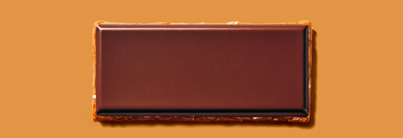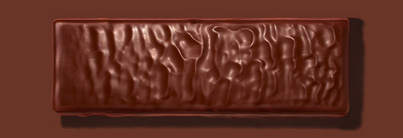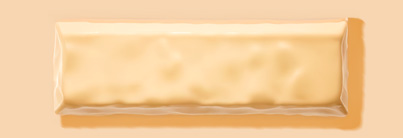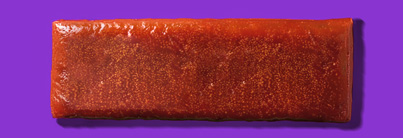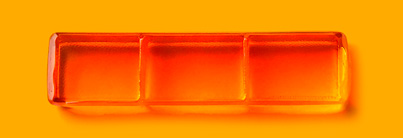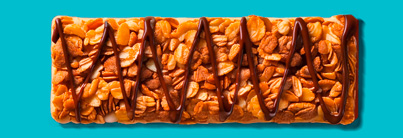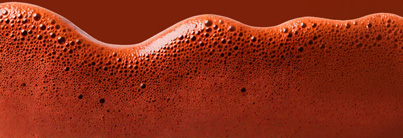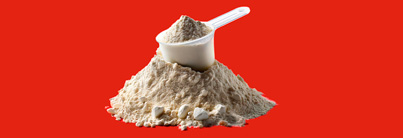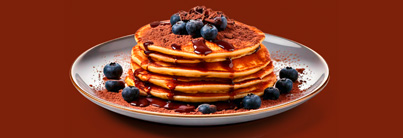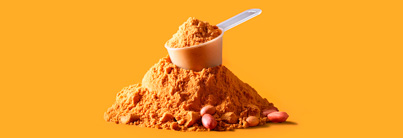In recent months, there has been a lot of talk about the use of probiotics for kids, but what are they and what do they really do?
In this post, we tell you everything!
What are probiotics?
Probiotics are live microorganisms, which is essential at the time of ingestion, that have been identified at the genus, species, and strain level, capable of surviving in the intestinal environment, and whose consumption provides numerous benefits to the host, especially to its gut microbiota.
Probiotics are essentially a form of training for the immune system, preventing infections, improving digestion, and supporting intestinal function.
What types of Probiotics exist?
Bacterial-based Probiotics: This group includes bifidobacteria, which inhabit the intestinal flora and are found especially in dairy products, and lactobacilli, which are naturally present in the urinary, digestive, and genital systems or in yogurts, helping with nutrient absorption.
Probiotics for kids?
According to the European Society of Pediatric Hepatology and Gastroenterology Nutrition (ESPGHAN), in Europe, children under the age of three suffer between 0.5 and 1.9 episodes of diarrhea per year, which is more common during the school year.
This is because the main cause of diarrhea is viral gastroenteritis, a virus that spreads easily among children through hands and mouth contact.
For this reason, probiotics are increasingly recommended for treating and/or preventing various diseases, especially digestive ones.
5 Foods with Natural Probiotics
- Yogurt: the natural source of probiotics par excellence.
- Kefir.
- Kombucha.
- Pickles and other fermented foods.
- Raw cheese.


